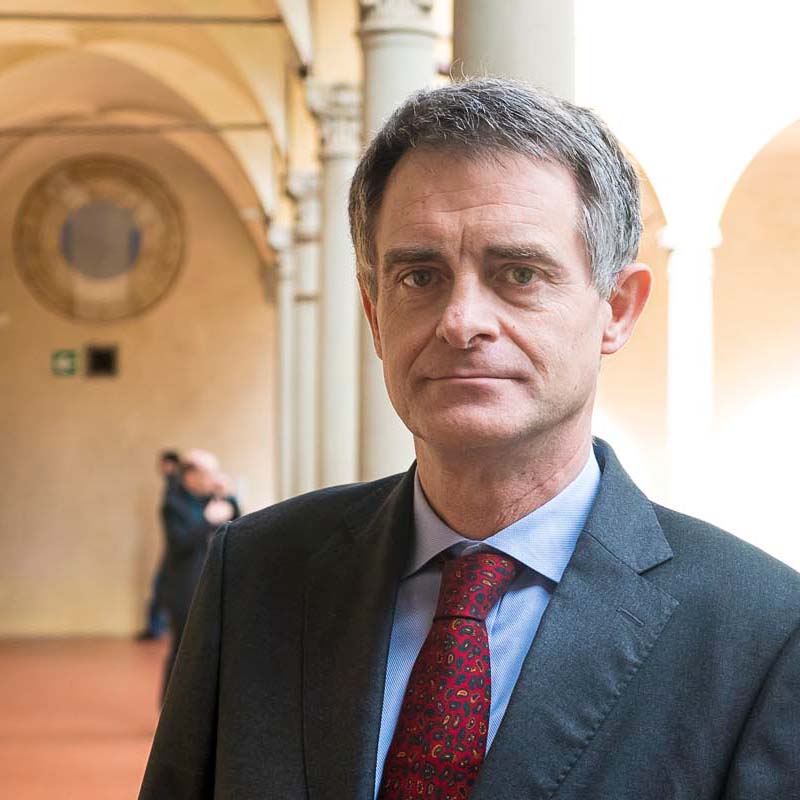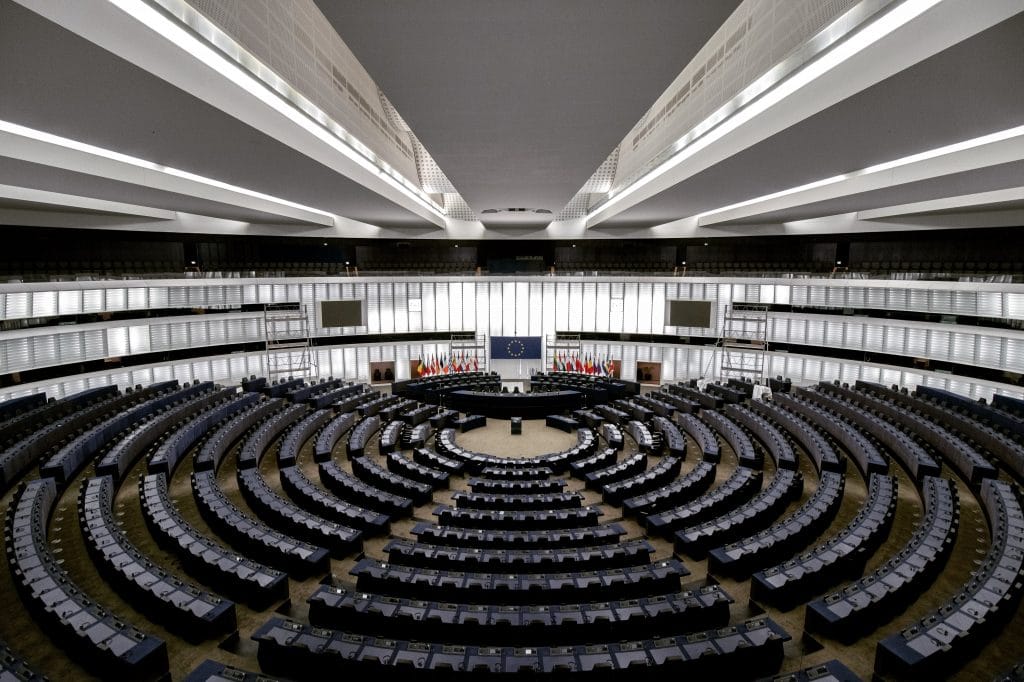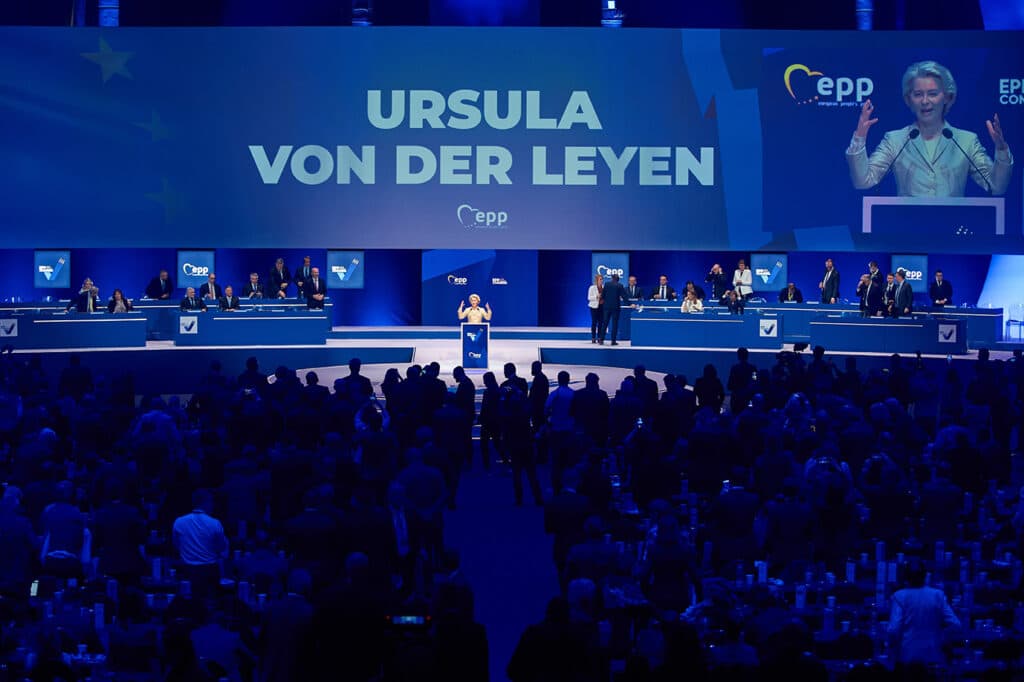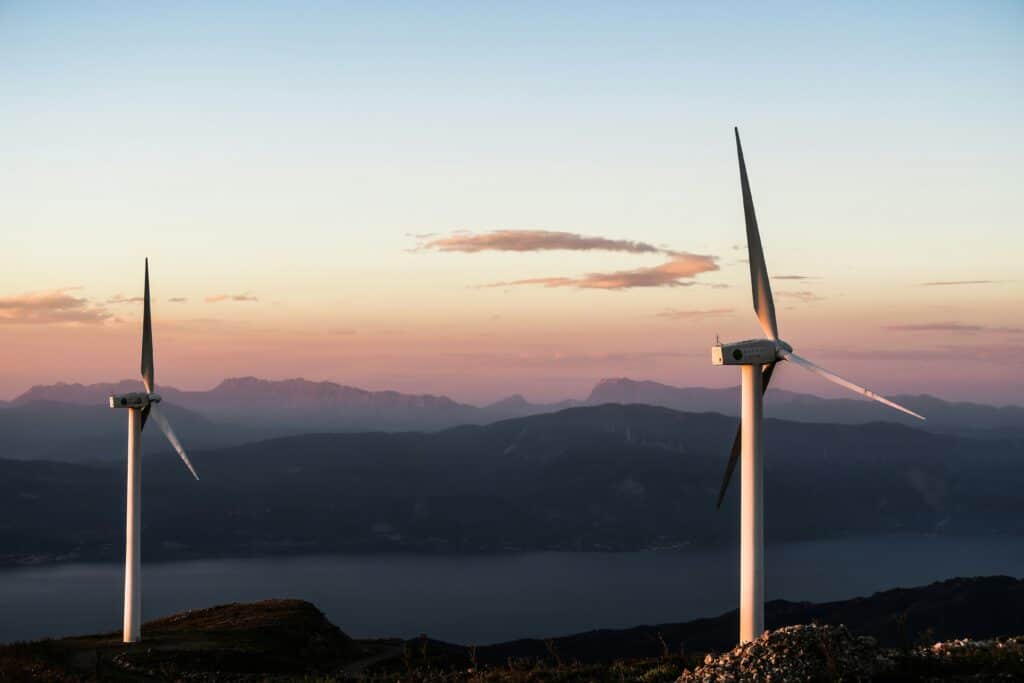A note on energy policies for sustainability after Covid-19
Covid-19 is changing the scenarios on which most policies were based, including those in the fields of energy and the environment.
Our experts Simone Borghesi, Jos Delbeke, Jean-Michel Glachant, Alberto Pototschnig and Pippo Ranci have put together a list of 10 suggestions that should inspire post Covid19 energy and climate policies.
1. COVID19 AND RECESSION’S IMPACT ON EU CLIMATE AND ENERGY POLICY
A major energy transition is under way, shaped by political will to tackle climate change and minimise its negative impacts. Policies have been defined under the Paris Agreement and geared to a number of targets. The EU has decided to reduce its greenhouse gas emissions by 2030 by at least 40% compared to 1990, and has agreed to continue the path towards climate neutrality by 2050. The present and seemingly inevitable recession following the Covid-19 crisis is drastically reducing energy consumption and greenhouse gas emissions. The extent to which this will help towards achieving the 2030 target depends on how long and how deep the recession will be.
2. THE NEW ROLE OF FLEXIBLE WORKING AND AIR TRAVEL
However, the sudden decline in greenhouse gas emissions is the opposite of what a meaningful response to climate change should be, both in terms of living conditions and economic efficiency. The challenge is to structurally decouple economic growth from emissions, not to have them both going down. The lock-down may have some lasting effect in changing some of our habits. For example, general familiarity with telework will perhaps lead to a more permanent increase in flexible working arrangements and reduce transport movements and traffic congestion. One can also expect a more general reflection on whether all business and leisure travel, not least by air, is a necessity. Nevertheless, such changes may not be as extensive and lasting as some observers think. For this reason, it is important to implement an appropriate package of post Covid19 economic and climate policies to ensure that emissions do not grow again when the economy will eventually recover from the pandemics. In all circumstances, it is crucial that the targets set in the context of the EU energy and climate policies be maintained. The emissions profile of a “BAU” or “existing policies” scenario may however need updating.

3. CARBON PRICES: A DANGEROUS FALL
A key indicator for the European Green Deal is the price of EU allowances, a carbon price that serves as a key indicator worldwide. As could and should be expected, carbon prices have fallen recently reflecting reduced demand for allowances in line with the drop in power and industrial production. This temporary drop from the €25 to a €15-20 range, acts as an important automatic stabilizer for businesses in distress. A repetition of the experience of a sharp fall in the price of EU ETS allowances after the 2008 recession and a long period of very low carbon price levels should be avoided. There are two reasons to believe that this could happen. Firstly, the EU ETS now has a Market Stability Reserve (MSR) that absorbs a potential oversupply in the market in the short- and medium-term. Secondly, market expectations are mostly shaped by the long-term, which is the 2050 carbon neutrality objective, and the likelihood of an upward revision of the target for 2030. Carbon market participants, as well as those developing innovative clean technologies and products of the future, expect in the long-term significantly higher carbon prices. This expectation should be confirmed by a consistent behaviour of the Member States together with the EU institutions.
4. MARKET STABILITY RESERVE & ALLOWANCES
The Market Stability Reserve (MSR) started to operate last year. If the allowances market is “long” beyond a threshold set in legislation (833 million tonnes, which is approx. 50% of ETS emissions in 2018), the MSR intervenes by withdrawing allowances equal to a percentage (24% up to 2023, 12% thereafter) of the excess. At the end of 2018, the allowance market was 1.65 billion tonnes “long” and, therefore, the supply of allowances for the period 1 September 2019 to 31 August 2020 has been reduced by 397 million tonnes (these allowances are placed in the MSR). Some question whether the MSR, with its delayed adjustment mechanism, will be sufficient to avoid a sharp fall in the allowance price. In fact, any reduction in the supply of allowances through the MSR for the period September 2020 – August 2021 will still be based on the excess supply of allowances in 2019, i.e. before the current crisis started. In case the MSR is unable to absorb the surplus, the EU Commission should propose changes in the planned review of the ETS in 2021.
5. REVISED TARGETS FOR GAS EMISSION REDUCTION
In its European Green Deal, the Commission already indicated its intention to increase the 2030 greenhouse gas emission reduction target from 40% to 50%, or even 55% (with respect to 1990 levels). Today the ETS sectors face a mandatory emission reduction of 43% by 2030 compared to 2005, and revised targets will likely increase that obligation by at least another 10 or 15%. Such a reduction in the supply of allowances would likely push their prices up, or at least reduce the extent of their decline, in the face of lower demand due to the economic downturn. Another major question is about the other half of Europe’s emissions, namely those not covered by the ETS, in particular the sectors of transport and buildings. The pricing of these emissions can be much improved through the planned review of the EU’s energy tax directive. This offers a major opportunity to remove the all too generous exemptions, such as on maritime and aviation fuels, or by adding a CO2 element to the harmonized minimum tax rates.
6. CHANNELING ECONOMIC AIDS INTO SUSTAINABLE GOALS
The current health crisis and the likely economic downturn should be seen as an unsolicited – and much regrettable – opportunity. That is, the massive influx of liquidity in the system to support the economies could be subject, wherever possible, to conditionality so that the “new start” will be already oriented towards a carbon-neutral future. The difficult agreement reached in the Eurogroup on 9 April recognises this under point 21: “Work is ongoing on a broader Roadmap and an Action Plan to support the recovery of the European economy through high quality job creation and reforms to strengthen resilience and competitiveness, in line with a sustainable growth strategy”. This good intent now needs to be put into practice.
7. INVESTMENT STIMULUS PACKAGE
A major investment stimulus package is going to be needed to overcome the recession caused by Covid-19. The Commission’s impact assessments on climate and energy policy serve as useful guidance on where a major surge in investments is needed. We know that energy efficiency requires a major push in the construction sector, both for new buildings and renovations in social housing, hospitals and schools. We know that the energy transition requires more investments in renewable energy, digitised grid infrastructure, and energy storage. The significantly reduced electricity demand of today indicates that much more attention should go towards managing flexibility in real-time instead of increasing base-load capacity. In transport, electrification is on its way, but investment in charging facilities, traffic management, clean public transport and long-distance rail needs to be ramped up. In industry, not least in power generation and carbon intensive industrial sectors, major efforts are being undertaken to develop new technologies based on hydrogen and carbon capture, use and storage, for example. Such investments can create the jobs we need in the post-Covid-19 era, and allow to realise the European Green Deal objectives at the same time.
In industry, not least in power generation and carbon intensive industrial sectors, major efforts are being undertaken to develop new technologies based on hydrogen and carbon capture, use and storage, for example. Such investments can create the jobs we need in the post-Covid-19 era, and allow to realise the European Green Deal objectives at the same time.
8. TRADE AND BORDER ADJUSTMENTS
Since the ETS may imply a loss of competitiveness for European industries vis-à-vis competitors located in countries where no similar burden is imposed, a border adjustment has been proposed, which would imply both a levy on imports and possibly a rebate on exports. While it is clear that different tax or quasi-tax treatments imply a distortion of trade, and a growing one if the ETS carbon price continues rising as planned, such mechanisms are not easy to implement and are subject to criticism both on analytical and political grounds. Therefore, it is of crucial importance to realise that a WTO-compatible border adjustment mechanism will take a long time before it can be implemented. Meanwhile, at least equal attention needs to go to domestic policy reinforcement, such as support for innovation and a less rigid interpretation of the State aid rules.
9. FOSSIL FUELS: A COMEBACK
The recent fall in the prices of fossil fuels is upsetting the incentives that should support a transition towards sustainability, and this will last for a period of uncertain duration. A reference criterion for business decisions has been lost and the consequence may be a paralysis, or even a “comeback” of fossil fuels, mothballing or abandonment of investment in renewables. Bankruptcies in the energy industry may imply loss of valuable investment. Consequently, the business case of the green transition may appear to be weakened in the near-term, but a clear policy response, in particular on carbon pricing, may be politically more acceptable because of the price drop in fossil fuels.
10. CORRECTING OIL AND GAS PRICES
The agreement reached by oil producing countries on Easter Sunday to reduce global output by 10% has already been labeled by many commentators as insufficient to counteract the fall in demand and therefore sustain oil prices, even at the already low pre-crisis levels. So, the EU should better prepare for a longer period of low oil and gas prices, and seize the opportunities these can offer. Policies to stabilize fossil fuel prices, which are usually considered to be in the interest of producing companies and countries at the expense of consumers, may prove to be positive if wisely designed and managed, and, most importantly, limited in time to the current crisis situation. In particular, prices of fossil fuels could be stabilised at the pre-Covid levels via temporary taxes, whose revenue could help finance the various income-support policies adopted and/or acceleration of investment projects for sustainability.
Read (and listen) more on post Covid19 energy and climate policies and scenarios in our Covid19- dedicated content:










